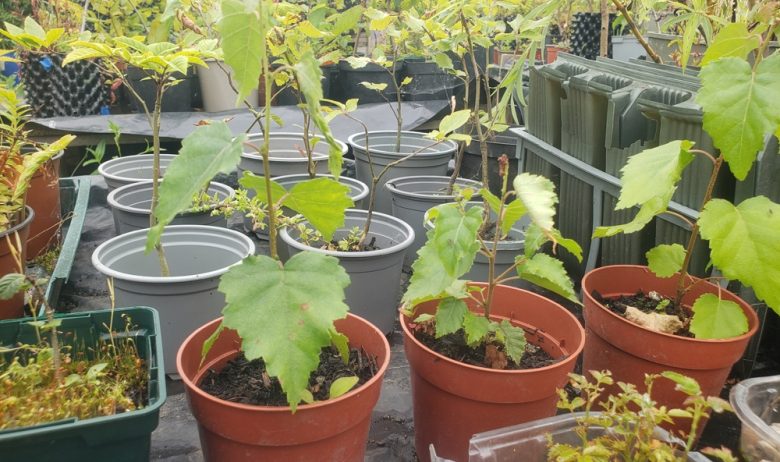Part of project: Natural flood management
Helping to protect communities at risk of flooding has become a cornerstone of our conservation work in recent years. Our changing climate means that we need to find new ways to manage the flow of water from source to sea, especially during floods and drought.
It’s a carefully thought-out process involving research of the areas where interventions are required then working with the landowner to identify and agree the most appropriate measures and techniques from the natural flood management (NFM) toolbox that will work with nature to produce flood protection and create or enhance habitats.
We initially received support from the Environment Agency to carry out natural flood management work in the Cairn Beck catchment but wanted to extend this to other sub-catchments in the area to further reduce the risk of flooding to vulnerable communities.
As the lead partner of the Fellfoot Forward Landscape Partnership Scheme’s Better Becks project and thanks to additional support from Farming in Protected Landscapes with support from the North Pennines AONB Partnership and Slow the Flow from EA, we were able to extend this initial NFM delivery across new catchments in the Fellfoot area such as Glassonby, Gamblesby, Raven and Croglin.
From fencing to ‘re-wiggling’ rivers, between 2020 and 2022 we worked with 14 farms on a wide range of NFM interventions that have helped reduce downstream flood risk, improve water quality, sequester carbon and improve biodiversity.
In the Cairn Beck catchment, we have completed a 5km stretch of connected projects with a river restoration site at each end and hedges, riparian buffer strips, ponds and planting in the middle sections.











